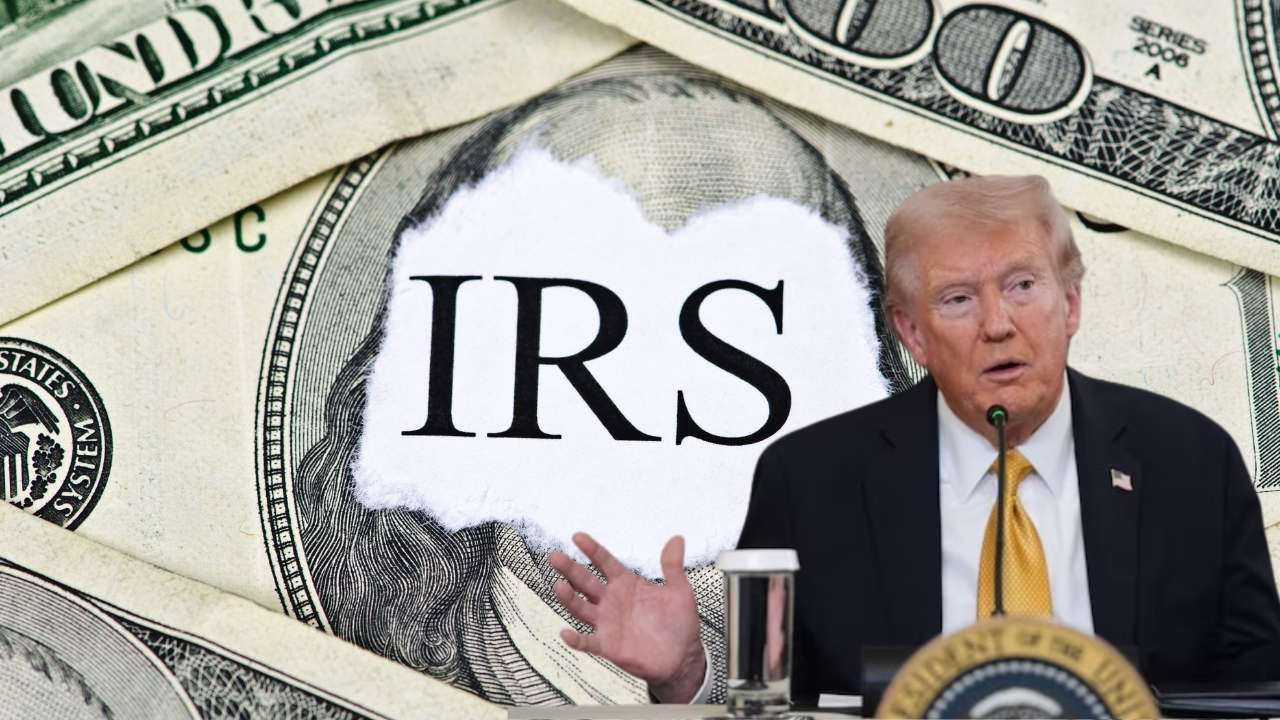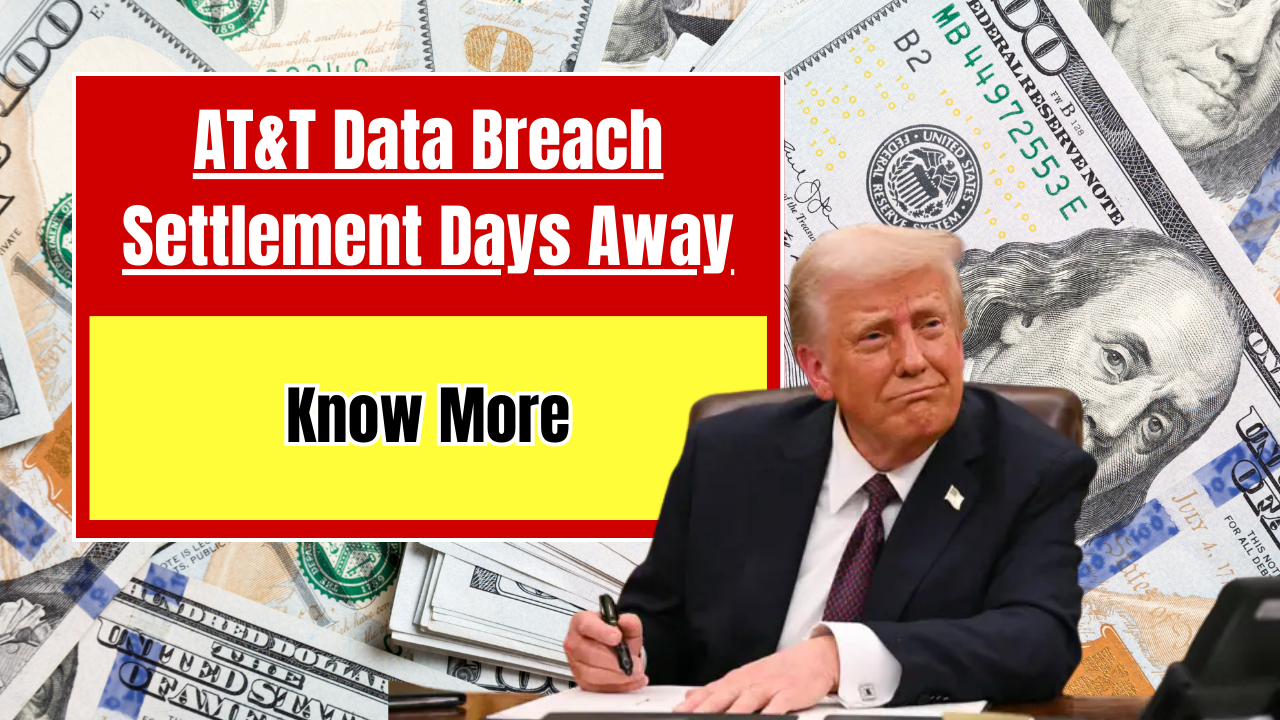Millions of Americans are set to receive a federal $2,000 relief deposit this November under the new Federal Inflation Adjustment Initiative, a one-time financial boost aimed at helping households manage stubbornly high living costs. While it isn’t officially labeled a stimulus check, many families will experience it exactly the same way. The U.S. Department of the Treasury and the Internal Revenue Service (IRS) have confirmed that payments are already being processed, offering a timely cushion as 2025 draws to a close.
For many families, prices remain elevated despite inflation cooling on paper. Grocery essentials, rent and medical costs continue to weigh heavily on budgets. This deposit serves as Washington’s acknowledgement of that reality. According to guidance published on the official IRS website, Americans do not need to apply; anyone who filed a 2024 federal tax return will be automatically evaluated. Payments began rolling out on November 15, 2025, and will continue through November 25, with paper checks and debit cards following for those without direct deposit.
Who Qualifies for the $2,000
Eligibility mirrors many past federal relief programs but with more focused income limits.
To receive the full $2,000:
- Single filers must have income up to $70,000
- Married filing jointly up to $150,000
- Heads of household up to $112,500
A gradual phase-out applies for those slightly above these thresholds.
Additional requirements include having a valid SSN or ITIN, being a U.S. citizen or lawful resident, and having earned income reported on the 2024 return.
Payments will be delivered using the same method as your most recent tax refund.
If Your Payment Doesn’t Arrive
If your deposit has not arrived by the end of the November payment window, you will still be able to claim the full amount when filing your 2025 Recovery Rebate Credit. This is the same process used for missing pandemic-era stimulus checks.
If your bank details changed since filing last year, the IRS cannot update that information for this round; instead, the agency will mail your check to the last known address.
Why the Payment Is Being Issued Now
Economists inside the Federal Reserve have repeatedly warned that certain “sticky” costs—housing, energy, healthcare—are refusing to decline even as broader inflation stabilizes. The initiative, quietly included in the latest budget reconciliation package, is designed to provide households a brief financial breather. A Treasury spokesperson described it as “a practical cushion, not a long-term fix.”
What $2,000 Means in 2025
While it might not change a family’s financial future, $2,000 can still go a long way. It may cover a month of rent, a winter heating bill, medical expenses or several weeks of groceries. For retirees or single parents, the relief can be significant. Beyond the financial boost, it also brings a morale lift—proof for many Americans that support systems still work when needed.
Debate: Helpful Relief or Economic Risk?
Economists remain split. Critics argue direct payments could increase demand in sectors already strained by supply issues. Supporters counter that prices remain 17% higher than in 2019, and without this relief, millions of households risk slipping further behind. With an estimated 70 million Americans qualifying, this marks one of the largest federal direct-payment initiatives since the pandemic.
FAQs
When are payments issued?
Direct deposits: Nov. 15–25; checks and debit cards follow into early December.
Who gets the full $2,000?
Singles under $70k, joint filers under $150k, heads of household under $112.5k.
Do I need to apply?
No, payments are automatic.
What if I don’t receive mine?
Claim it on your 2025 tax return as a Recovery Rebate Credit.
Will this affect other benefits?
No. The payment is not taxable and does not reduce any federal benefits.



